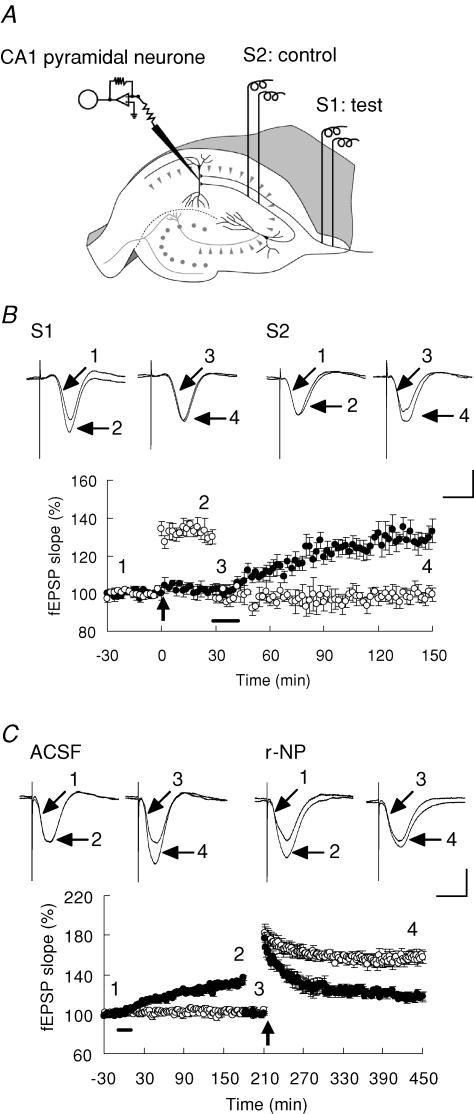Figure 5. TBS-elicited LTP occludes synaptic potentiation elicited by r-NP and vice versa.
A, two independent inputs (S1 and S2) onto the same population of postsynaptic neurones were alternately stimulated. LTP was induced using TBS of S1, and S2 served as the control. B, after TBS, the stimulus intensity was reduced to match the original baseline. Subsequent application of medium-concentration r-NP had no potentiation effect on the fEPSP slope but an enhancing effect on the control pathway. Representative waveforms (upper panels) were recorded at different times as indicated in the lower panel. Bar denotes the period of delivery of medium-concentration r-NP. C, after r-NP-induced LTP was saturated, the fEPSP slope was reduced to the initial level even when TBS was applied. Representative waveforms were taken at different times as indicated in the lower panel. Bar denotes the period of delivery of ACSF or medium-concentration r-NP. Arrow denotes the point of TBS. In B and C, ○ represents ACSF and • r-NP application. Scale bars in B and C, 2 mV and 10 ms. Percentage change data are presented as mean ±s.e.m.

